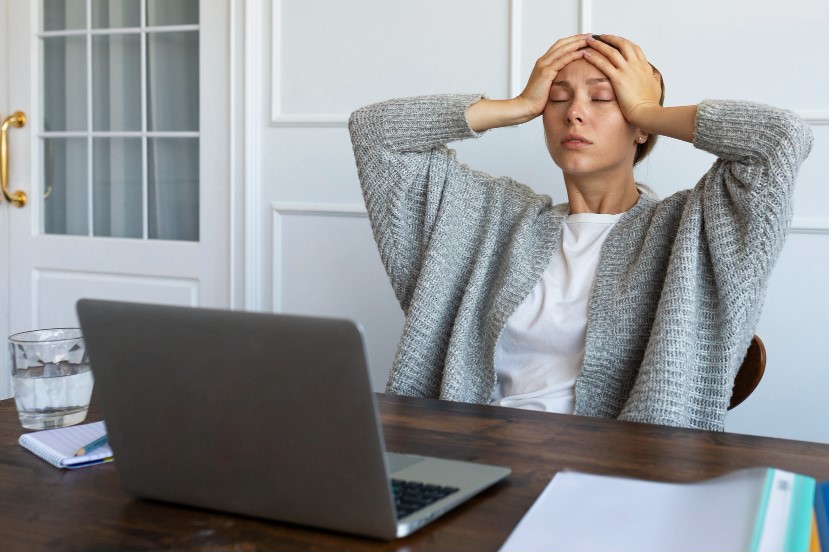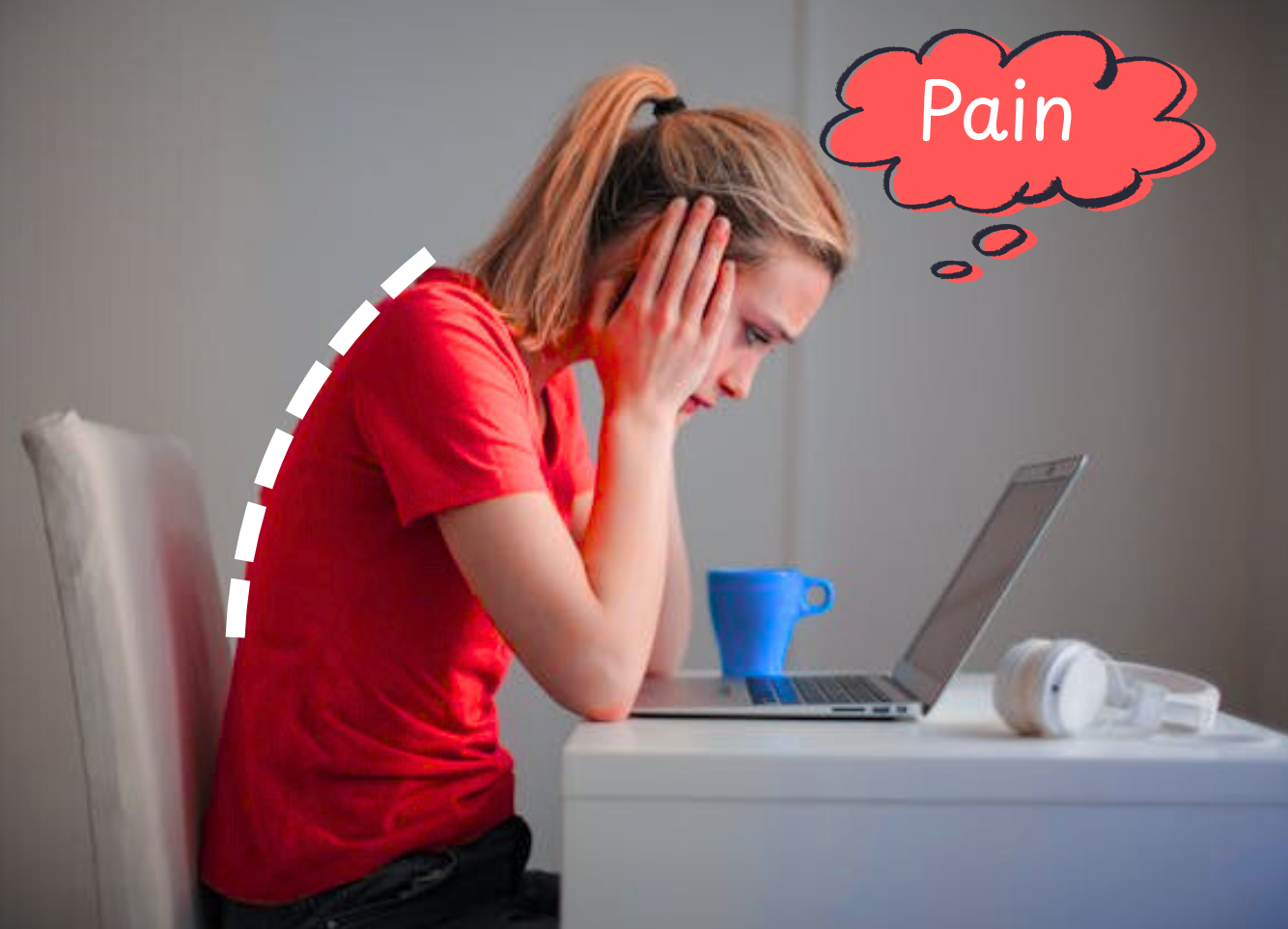 When it comes to workplace health, many organisations recognise the importance of Display Screen Equipment (DSE) workstation assessments. However, a growing body of evidence suggests that limiting assessments to the work environment may overlook a significant risk factor: how employees use technology in their leisure time.
When it comes to workplace health, many organisations recognise the importance of Display Screen Equipment (DSE) workstation assessments. However, a growing body of evidence suggests that limiting assessments to the work environment may overlook a significant risk factor: how employees use technology in their leisure time.
The widespread adoption of mobile phones has led to a dramatic increase in screen time and sedentary behaviours across all age groups. This trend raises growing concerns about the potential impact on the musculoskeletal system. Globally, mobile phone use continues to rise steadily, with people increasingly relying on their devices for communication, entertainment, learning, and content creation. These habits contribute to prolonged periods of awkward and poor static postures, which increase the risk of musculoskeletal discomfort and related health issues.
Many studies have reported musculoskeletal pain associated with mobile phone use, with the most commonly affected areas being the neck, shoulders, wrists, hands, upper back, and lower back. A recent study by Parra-Fernandez et al. (2025) found a significant association between mobile phone dependence and musculoskeletal pain, with 56.3% of users reporting discomfort. The most affected areas were the upper back (30.4%), neck (29.3%), and shoulders (21.1%).
In a separate cross-sectional study, Mustafaoglu et al. (2021) also found a high prevalence of musculoskeletal pain among mobile phone users — particularly in the upper back, neck, wrists/hands, and shoulders. Notably, a significant number of participants reported that this pain affected their ability to carry out routine tasks at home or in the workplace for at least one day, highlighting the functional consequences of prolonged, awkward device use.
A 2023 study published in BMC Musculoskeletal Disorders examined smartphone posture and usage across the day among university students. The findings are highly relevant to modern working populations and highlight a significant and often underestimated exposure to musculoskeletal disorders (MSDs) linked to prolonged, awkward postures — not at work but during personal time.
MSD Risks Don’t End at 5pm
This study evaluated 41 different smartphone postures using the Rapid Upper Limb Assessment (RULA). Of these, 34 postures were classified as RULA Level 2 risk — meaning “further investigation is needed and changes may be required.” Seven postures — including lying on the front, back, or side, and taking selfies while standing — were rated at RULA Level 3: “investigation and changes required soon.” (Jacquier-Bret, J. and Gorce, P., 2023.)
These higher-risk postures were most commonly adopted in the evening, when people tend to use their phones for extended periods while unwinding. The study emphasised that risk increases significantly with prolonged use — especially when daily smartphone use exceeds five hours, a threshold surpassed on average by both male and female participants.
This underscores the need to address both postural habits and usage duration — especially within workplace wellbeing programmes.
Static Postures: The Overlooked Risk Across Work and Home
While DSE assessments typically focus on desk-based setups, it is clear that a more holistic approach is needed. Many individuals move from spending 7–8 hours at a desk, straight into hours of static screen use in bed or on the sofa, maintaining awkward neck, shoulder, and back positions.
Prolonged neck flexion was a consistent issue identified in the study. Over time, this can contribute to neck pain, shoulder dysfunction, tension headaches, and upper back strain — all of which reduce comfort, concentration, and productivity both at work and home.
Holistic DSE Assessments: A Proactive Approach
Forward-thinking organisations are beginning to recognise the value of holistic DSE workstation assessments. These go beyond the physical desk setup to:
- Understand patterns of technology use across the full day
- Raise awareness about text neck, poor leisure-time posture, and cumulative strain
- Encourage movement, micro breaks, and ergonomically sound habits in and out of work
- Provide simple, practical advice employees can implement immediately
Expanding the scope can make a meaningful difference in preventing long-term musculoskeletal issues, and it reflects a genuinely people-focused wellbeing strategy. (CIEHF, n.d.; Jacquier-Bret & Gorce, 2023; Mustafaoglu et al., 2021; Parra-Fernandez et al., 2025)
Practical Recommendations for Organisations
- Assess more than just the workstation — ask about smartphone and tablet use habits during non-work hours
- Promote postural awareness — educate employees about joint-neutral positions, especially for neck and upper limbs
- Encourage regular breaks at the workstation — every 30-60 minutes
- Remind employees to take breaks during leisure-time screen use
- Support regular movement and simple exercises throughout the day, both at work and at home
- Discourage prolonged lying-down phone use — these postures scored highest for MSD risk
- Offer wellbeing workshops that address both desk ergonomics and modern digital habits
(CIEHF, n.d.; Jacquier-Bret & Gorce, 2023; Parra-Fernandez et al., 2025)
The Takeaway
Musculoskeletal health is no longer confined to office ergonomics. With mobile devices becoming an extension of daily life, holistic workstation assessments that include both work and leisure-time postures are essential. Integrating this approach helps employees build healthier habits, reduce risk, and feel genuinely supported — in and out of the office.
A Holistic Approach to Supporting Your Workforce
At Ergonix, we believe in going beyond just the physical setup with our holistic DSE workstation assessments. By considering the full scope of how employees use technology, both in and outside of work, we help address the risks of musculoskeletal disorders associated with modern work habits.
Our CIEHF-accredited holistic DSE Workstation Assessor Course equips individuals with the tools to deliver comprehensive, evidence-based solutions for a healthier, more productive workforce.
To learn more about how our holistic approach can support your organisation, please contact us.







